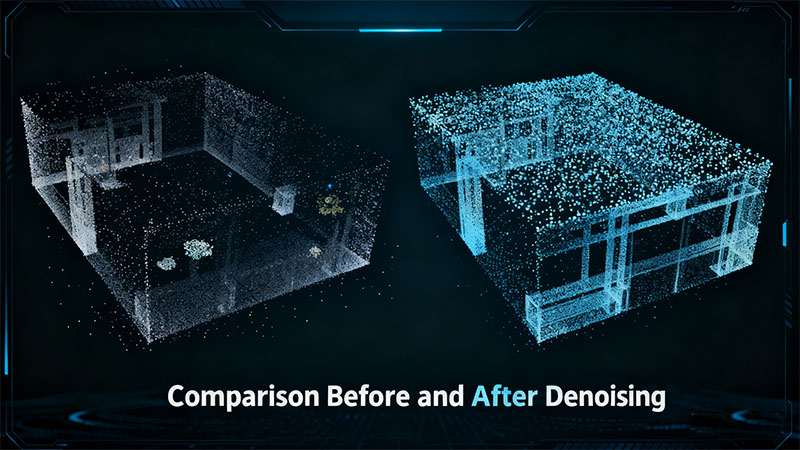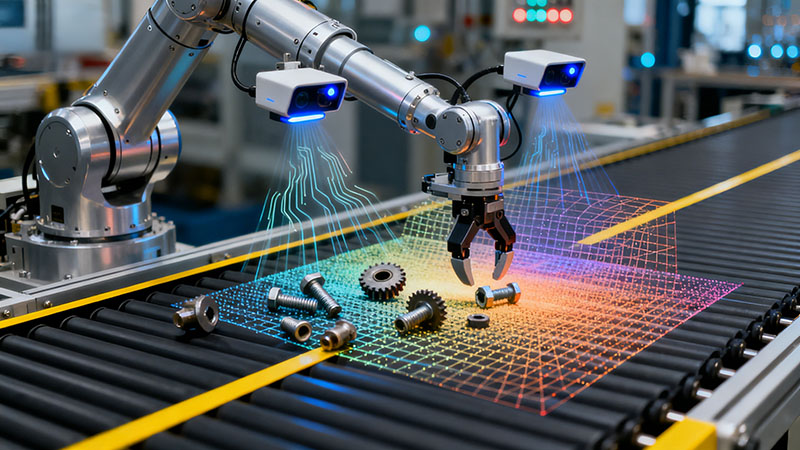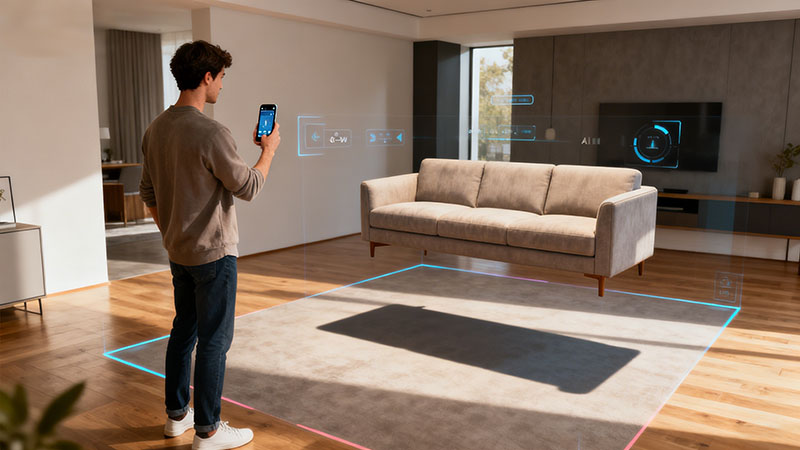Time of Flight (ToF) sensors are widely applied in robotics, autonomous vehicles, AR/VR, and industrial automation for their high-speed and accurate depth-sensing capabilities. Yet, raw ToF data often suffers from noise, latency, and environmental limitations. With the integration of Artificial Intelligence (AI), these sensors are achieving new levels of precision, efficiency, and application value.
Now, let's explore how AI enhances ToF sensors, backed by real-world data, and examines industry applications where this synergy is reshaping innovation.
1. Improved Accuracy and Precision
Environmental factors such as varying light, reflective surfaces, and sensor noise can reduce ToF accuracy. AI algorithms—especially deep learning—can denoise raw depth maps, interpolate missing data, and refine measurements for sub-millimeter precision.
-
Robotics Example: In factory environments, overhead lights or shiny surfaces can distort depth sensing. AI can dynamically correct these distortions, ensuring robots move and manipulate objects accurately.
-
Supporting Data: A study in IEEE Access reported that AI-enhanced ToF depth reconstruction improved measurement accuracy by up to 30% in noisy environments (IEEE Access, 2021 ).

2. Real-Time Data Processing
ToF sensors generate large volumes of 3D data. Traditional systems struggle with latency, but AI enables real-time processing, essential for safety-critical applications.
-
Autonomous Driving Example: AI processes ToF data in milliseconds, enabling vehicles to detect pedestrians and obstacles and react almost instantly.
-
Supporting Data: Researchers at MIT CSAIL showed AI-enhanced depth data processing reduced latency from ~100 ms to under 10 ms, critical for real-time autonomous navigation.
3. Enhanced Object Recognition and Tracking
Beyond measuring distance, AI allows ToF sensors to classify and track objects in 3D space.
-
Industrial Automation Example: On production lines, AI-powered ToF systems distinguish between different parts, track their movement, and guide robotic arms for assembly or quality inspection.
-
Supporting Data: Gartner reported that integrating AI with 3D sensing improved object recognition accuracy by 40%, reducing manufacturing defects and downtime .

4. Depth Sensing for Augmented Reality (AR)
AR applications demand precise, dynamic depth data to render virtual objects realistically within physical environments. AI strengthens ToF sensors’ depth sensing, ensuring more stable and immersive AR experiences.
-
Consumer Example: Smartphones and AR glasses use AI-enhanced ToF sensors to make virtual furniture or avatars appear anchored in real-world environments.
-
Supporting Data: IDC reported that AI-enhanced ToF sensors improved AR depth rendering accuracy by 50%, significantly enhancing immersion in AR headsets and mobile devices.

Applications Across Industries
-
Robotics → Higher accuracy navigation, manipulation, and human-robot interaction.
-
Autonomous Vehicles → Real-time obstacle detection and collision avoidance.
-
Healthcare → Non-invasive 3D medical imaging with higher diagnostic accuracy.
-
Industrial Automation → Smarter quality control, reducing defects and increasing efficiency.
Challenges and Future Directions
Despite these advances, AI-enhanced ToF sensors still face challenges:
-
High computational demand: Edge computing is emerging as a solution to process AI models locally without cloud latency.
-
Cost and power consumption: Ongoing sensor miniaturization and efficient AI chips (e.g., NPUs) are helping lower barriers.
-
Supporting Data: A study in Nature Electronics found that edge AI can cut ToF sensor processing latency by up to 90%, making real-time performance feasible in mobile devices.
Conclusion
AI is redefining what’s possible with ToF sensors, turning them from pure depth-sensing tools into intelligent systems that can understand, process, and act on 3D environments.
From autonomous driving safety to immersive AR and precise industrial automation, AI-powered ToF sensors are proving to be a foundation for the next generation of smart technology. Businesses that adopt these innovations early can gain significant advantages in performance, safety, and efficiency.
